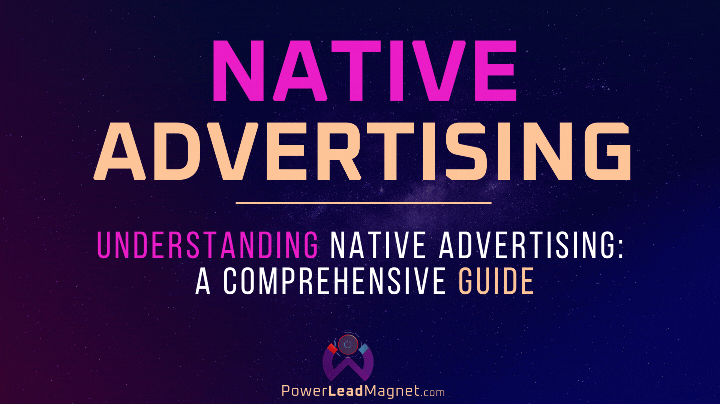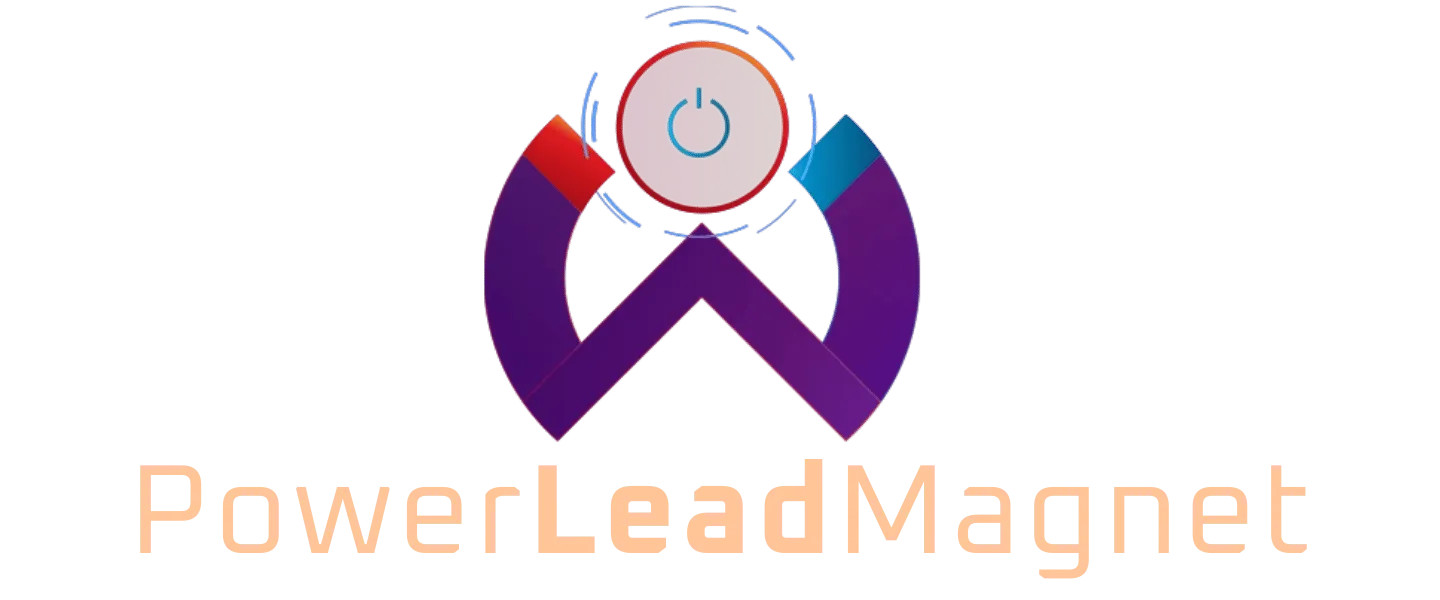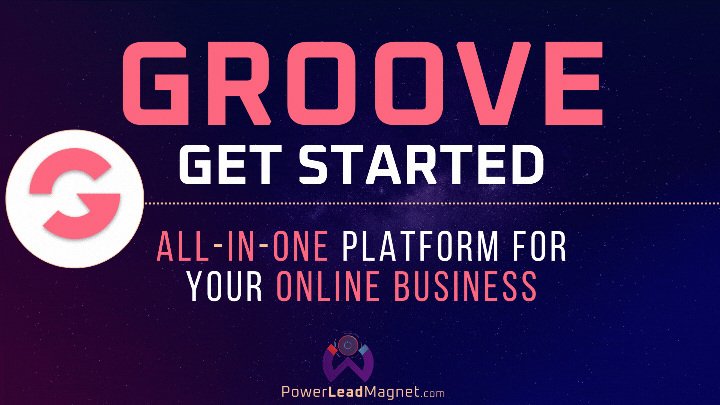Understanding Native Advertising: A Comprehensive Guide
In the ever-evolving world of digital marketing, native advertising has emerged as a powerful tool to capture consumer attention without disrupting their online experience. Unlike traditional advertisements, which often stand out and interrupt, native ads blend seamlessly into the content they accompany, making them less intrusive and more engaging. Here’s a closer look at what native advertising is, how it works, and why it’s gaining popularity.

What is Native Advertising?
Native advertising refers to paid ads that match the look, feel, and function of the media format in which they appear. Unlike banner ads or pop-ups, native ads are designed to integrate with the surrounding content, making them appear as a natural part of the user’s browsing or reading experience.
Examples include:
- Sponsored articles in online magazines.
- Promoted posts on social media platforms like Instagram, Facebook, or Twitter.
- Recommended content widgets, often seen as "You might also like" or "Around the web" at the bottom of web pages.
Key Features of Native Advertising
- Seamless Integration: Native ads align with the platform’s design, ensuring they don't disrupt the user experience.
- Non-Intrusive Format: These ads don’t feel like traditional advertisements, which can make them more appealing and less likely to be ignored.
- Relevance: Effective native ads are tailored to the audience's interests, often providing value in the form of information or entertainment.
- Disclosure: To maintain trust, native ads are typically labeled as "Sponsored," "Promoted," or "Advertisement," ensuring transparency.
How Does Native Advertising Work?
The effectiveness of native advertising lies in its ability to engage users naturally. Here’s a step-by-step breakdown of how it works:
- Target Audience Analysis: Marketers identify their target audience’s interests, habits, and preferred platforms.
- Content Creation: High-quality, engaging content is created to resonate with the target audience. This could range from educational articles to entertaining videos.
- Platform Selection: Advertisers choose platforms where their audience is most active, ensuring maximum exposure.
- Placement and Integration: Ads are placed in a way that aligns with the platform’s layout and tone, making them appear organic.
- Performance Tracking: Metrics like click-through rates (CTR), engagement, and conversions are monitored to measure success and refine future campaigns.
Why is Native Advertising Effective?
- Enhanced User Engagement: Because native ads feel like a natural part of the content, users are more likely to engage with them.
- Higher Credibility: When ads provide valuable information or entertainment, they can build trust with the audience.
- Improved Ad Blindness: Users have grown adept at ignoring traditional ads. Native ads counteract this by blending in and catching attention subtly.
- Better ROI: With higher engagement rates, native ads often deliver a better return on investment compared to traditional advertising methods.
Challenges of Native Advertising
Despite its advantages, native advertising has its challenges:
- Disclosure Concerns: Misleading native ads that aren’t clearly labeled can damage trust and lead to regulatory scrutiny.
- Content Quality: Poorly executed native ads can come across as deceptive or irrelevant, undermining their purpose.
- Scalability: Creating unique, high-quality native ads for different platforms can be time-consuming and resource-intensive.
Examples of Native Advertising in Action
- BuzzFeed Sponsored Content: BuzzFeed excels in creating sponsored articles that align with its playful and engaging tone, making the ads enjoyable for readers.
- Social Media Ads: Platforms like Instagram and TikTok often feature promoted posts that mimic organic content, making them harder to distinguish from regular user-generated posts.
- Content Recommendation Widgets: Tools like Outbrain and Taboola provide links to sponsored content under headings like “Recommended for you.”
The Future of Native Advertising
As consumers demand more personalized and less disruptive ad experiences, the popularity of native advertising is expected to grow. Innovations in artificial intelligence (AI) and data analytics will further enhance the ability of marketers to craft highly targeted and effective campaigns.
Conclusion
Native advertising represents a shift in how brands connect with their audiences. By prioritizing relevance, authenticity, and user experience, native ads create a win-win scenario for advertisers and consumers alike. However, as the landscape evolves, maintaining transparency and delivering value will be crucial to sustaining their effectiveness. For businesses looking to stand out in a crowded digital space, mastering native advertising can be a game-changer.


